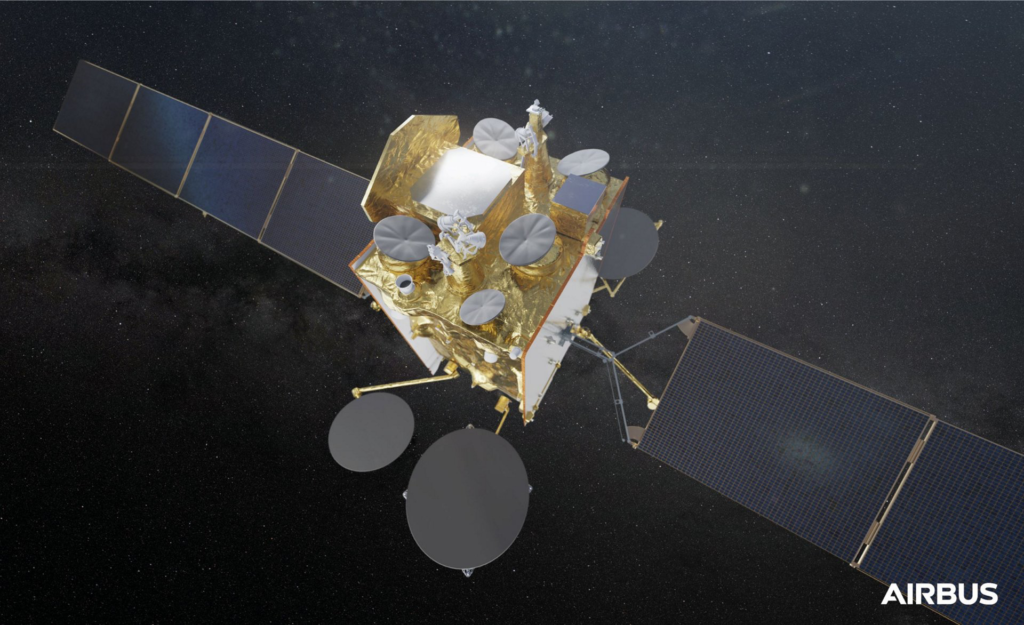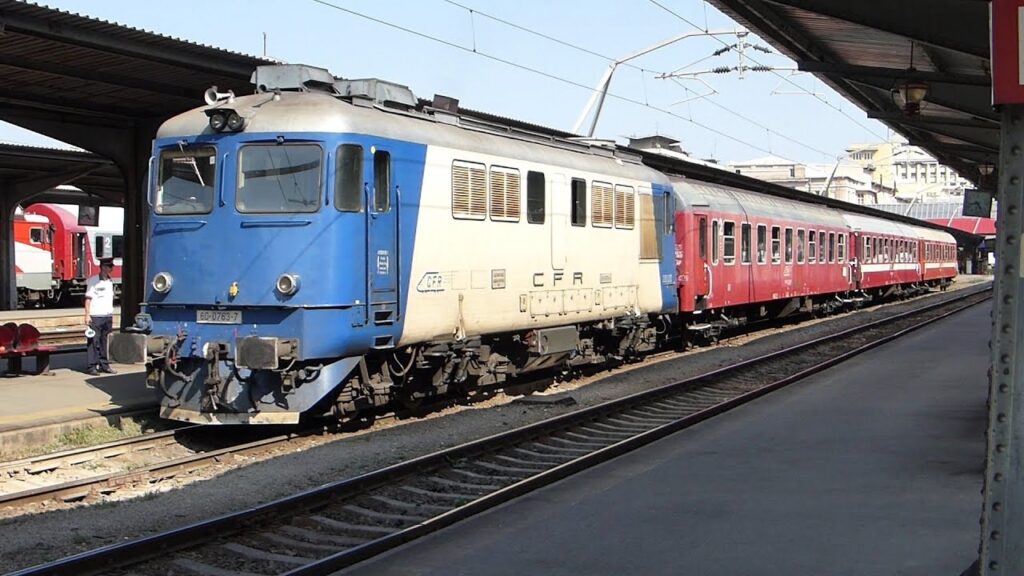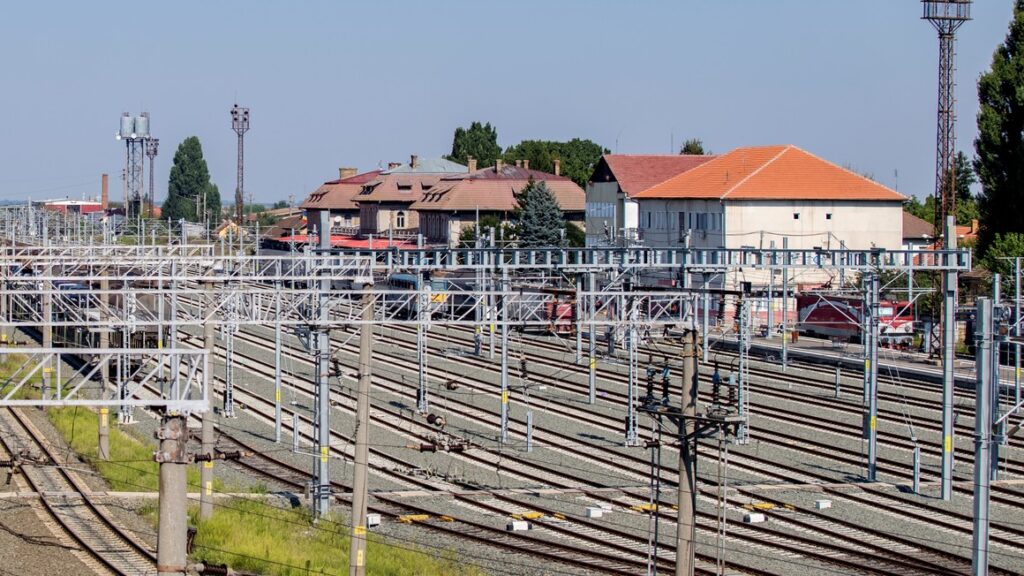WICHITA, Kan. (Aug. 18, 2021) – Textron Aviation and Honeywell Aerospace are developing an exclusive program for Hawker 4000 and Cessna Citation Sovereign aircraft equipped with the Honeywell PRIMUS EPIC integrated cockpit to allow pilots to communicate more easily with air traffic controllers and utilize the most current Data Link services offered in North America and Europe. The aircraft upgrade is expected to be available in mid-2022.
Beechcraft, Cessna and Hawker customers receive factory direct support, maintenance and modifications by Textron Aviation, a Textron Inc. (NYSE: TXT) company, through a global network of service and part centers, mobile service units and 24/7 1CALL AOG support.
Future Air Navigation System (FANS) Controller Pilot Data Link Communication (CPDLC) and Aeronautical Telecommunications Network (ATN) Protected Mode CPDLC (PM-CPDLC) replace the traditional voice communications used by pilots and controllers with data/text messaging for many standard operating procedures, allowing pilots to communicate with air traffic control with the touch of a button. This increases pilot heads-up time, frees up VHF voice communication bandwidth for more critical communications, and significantly reduces voice readback errors. CPDLC is similar to SMS text messaging used on your personal cell phone but uses prescribed text messages that enable pilots and air traffic controllers (ATC) to quickly and accurately request and authorize clearances and flight plan changes.

The FANS 1/A+ and Protected Mode CPDLC program features:
- Ease of operation by quickly and accurately loading complex instructions into the aircraft flight management system with the push of a button
- Support for future FAA Next Gen Data Com capabilities
- Trajectory-based operations
- Improved re-routing of aircraft around severe weather events and traffic congestion
- Prioritized departure clearances that can save several minutes of wait time before takeoff
Aircraft operating in continental Europe will also be able to use PM-CPDLC to obtain equivalent benefits of ATC prioritization, delay avoidance, and optimal flight durations.
Textron Aviation’s collaboration with Honeywell on this project enables a cost-effective solution for customers for modernizing the Data Link capabilities of these important aircraft and reduces the certification and installation time. As the original equipment manufacturer of the aircraft, Textron Aviation can offer the OEM-certified upgrade to the PRIMUS EPIC avionics suite that maintains the system integrity as originally certified. Installation can be completed at any domestic or international Textron Aviation service center.







